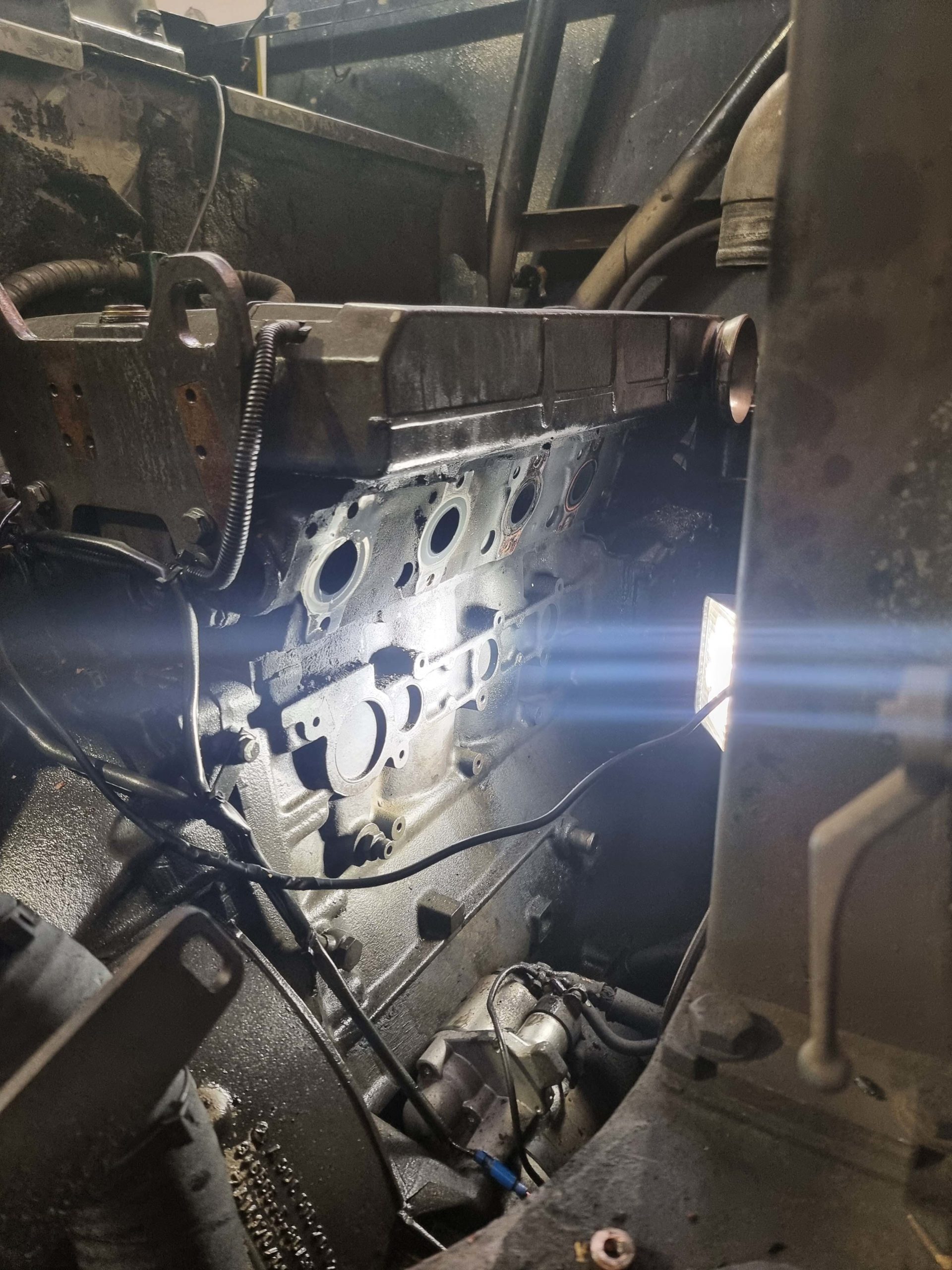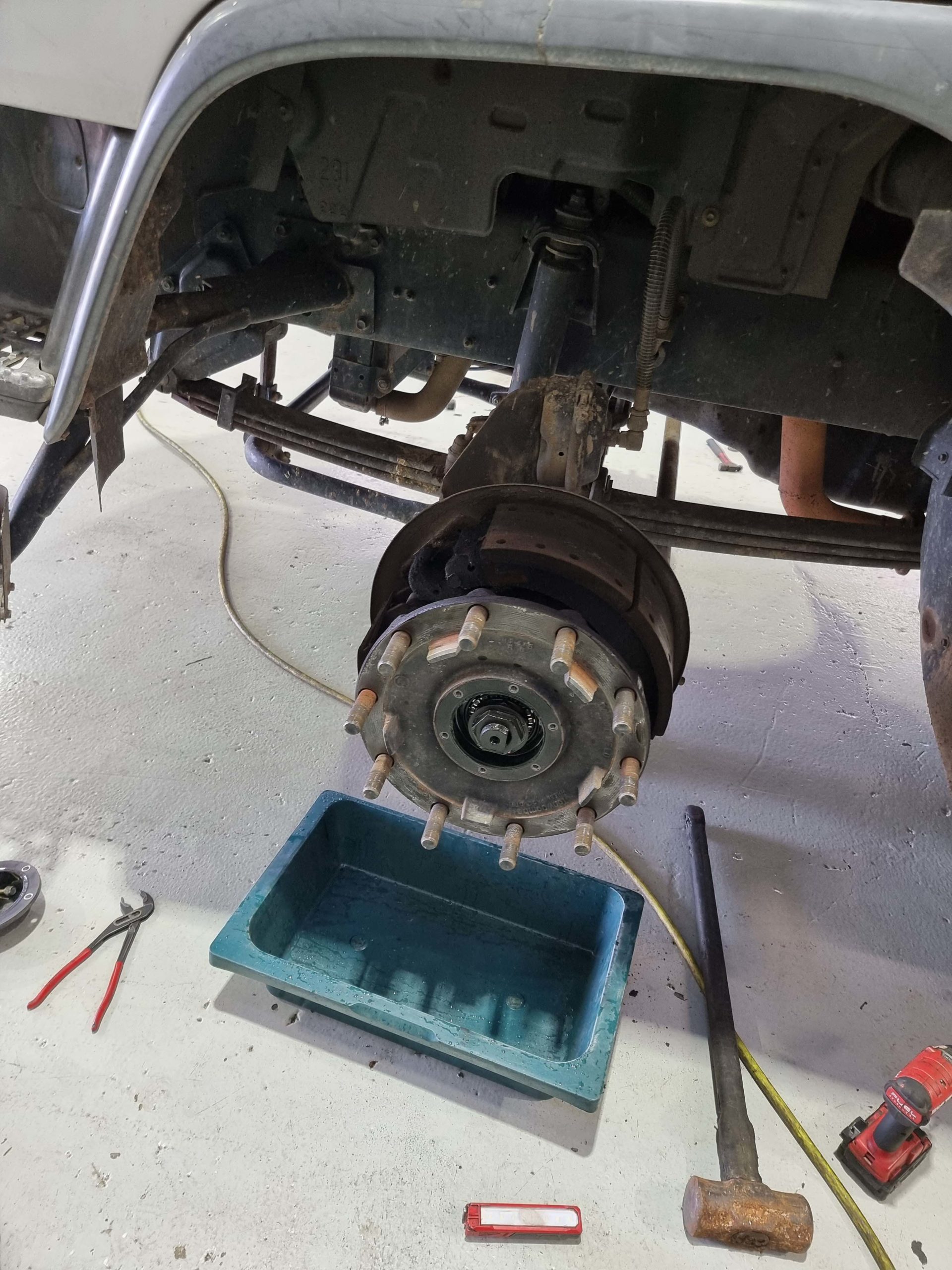Understanding how to tell if a diesel engine has a blow-by is essential for keeping your vehicle performing at its best. Blow-by occurs when combustion gases escape past the piston rings and enter the crankcase instead of exiting through the exhaust system. While some level of blow-by is normal in diesel engines, excessive blow-by can indicate underlying mechanical issues that may worsen over time. This guide will explain what is engine blow-by, the warning signs to watch for, how to diagnose it, and essential maintenance tips to prevent costly damage.
What is an engine blow-by? Blow-by occurs when combustion gases leak past the piston rings during the compression and power strokes of the engine cycle. These gases, which should exit through the exhaust system, enter the crankcase instead, leading to pressure buildup and oil contamination.
Blow-by is often a sign of wear or damage within the engine, particularly around the piston rings, cylinder walls, or valves. Left unaddressed, it can lead to reduced engine performance, increased emissions, and even long-term mechanical failure.
Detecting engine blow-by symptoms early can help prevent costly repairs. Below are common indicators of blow-by in a diesel engine:
Excessive smoke from the exhaust is a telltale sign of engine blow-by symptoms. Blue smoke often suggests oil burning, while white smoke may indicate coolant mixing with oil due to blow-by. Black smoke can also occur from incomplete fuel combustion linked to poor compression.
If you notice consistent smoke during acceleration or idling, it could indicate significant blow-by and should be professionally inspected.
Frequent oil top-ups can be a sign of what causes blow-by in a diesel engine. When combustion gases escape past the piston rings, they can increase pressure inside the crankcase, forcing oil into the combustion chamber where it burns. This issue often results in the need for more frequent oil changes and, if ignored, can lead to oil starvation and engine damage.
A visible build-up of oil around the valve covers, breather tubes or air filter housing can indicate a blow-by. When gases enter the crankcase and build excessive pressure, oil may be forced out through seals and gaskets. This engine blow-by symptom can often be identified during a basic engine inspection and may signal worn piston rings or a blocked breather system.
Blow-by can lead to reduced compression, which directly affects power output. If your diesel engine struggles with acceleration, towing capacity, or general performance, engine blow-by symptoms may be the cause. Loss of compression reduces the engine’s ability to generate power efficiently, making it crucial to diagnose and repair the issue early.
Noticing vapours or fumes escaping from the oil cap or dipstick tube while the engine is running can be a clear sign of a blow-by. This occurs when combustion gases leak into the crankcase and try to escape through the nearest opening. If you experience this issue, it’s advisable to perform further tests to confirm excessive blow-by levels and prevent further engine damage.
Detecting engine blow-by symptoms early requires proper diagnostic tools and techniques. Here are the most effective ways to identify blow-by in a diesel engine:
A crankcase pressure test measures the level of pressure inside the crankcase. High pressure often indicates excess gases escaping past the piston rings, a common sign of blow-by. This test is straightforward and provides a clear indication of whether excessive blow-by is present.
A compression test assesses the health of the cylinders and piston rings. If a cylinder fails to maintain proper compression levels, it could indicate what causes blow-by in a diesel engine. This test involves measuring the pressure generated inside each cylinder during the compression stroke, making it an effective method for identifying blow-by.
A basic visual inspection can reveal common engine blow-by symptoms, such as oil residue around breather tubes or visible vapours escaping from the oil cap. While this method doesn’t provide definitive results, it can help identify early signs of blow-by and prompt further diagnostic testing.
A blow-by-meter test measures the volume of gases escaping from the crankcase. It’s one of the most precise ways to assess the severity of blow-by and determine if mechanical repairs are necessary. This test is particularly useful when other methods yield inconclusive results.
Understanding what causes blow-by in a diesel engine can help prevent serious mechanical issues. The most common causes include:
Addressing these issues promptly can prevent long-term engine damage.
Proper maintenance is key to reducing the risk of blow-by in diesel engines. Here are some preventative measures:
Following these maintenance tips can help prolong your engine’s lifespan and maintain performance.
Blow-by can significantly impact your diesel engine’s performance if left unaddressed. By staying vigilant and recognising engine blow-by symptoms early, you can prevent costly repairs and maintain your vehicle’s reliability. If you notice any signs of blow-by, seeking professional assistance for diagnostics and repairs can help you avoid long-term damage.
If you’re concerned about how to tell if a diesel engine has blow-by, Auramotive Mechanical can help. Our team of expert diesel mechanics offers professional diagnostics and repairs using advanced equipment to keep your engine running at its best. Contact us today to schedule a comprehensive engine inspection and ensure your vehicle’s long-term performance.




